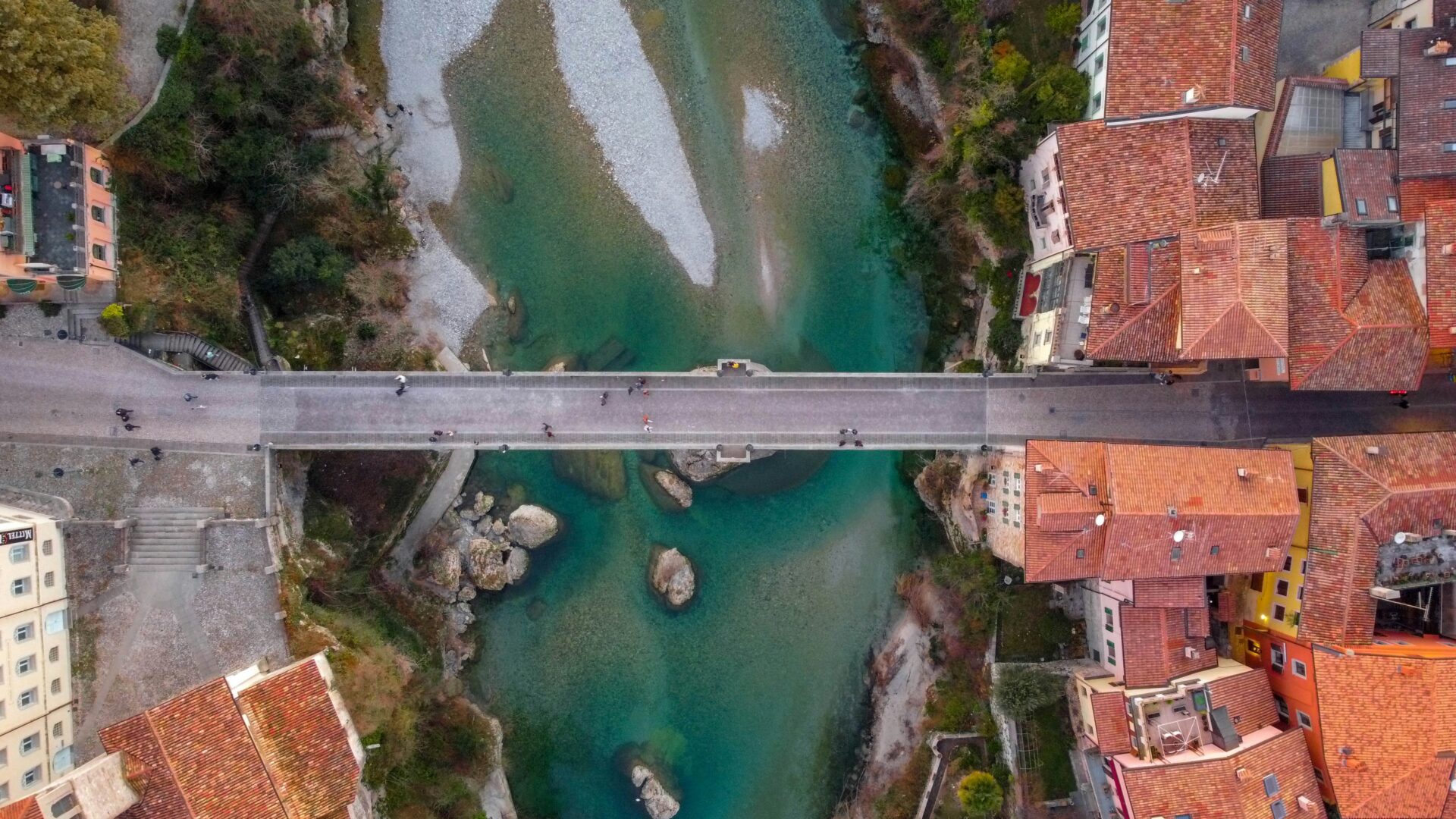Nestled in the northeastern corner of Italy, Cividale del Friuli captured my heart the moment I crossed its ancient stone bridge. This charming town wasn’t just another pretty Italian destination – it was the first major settlement conquered by the Lombards in 568, becoming the capital of their first duchy in the region. The rich Lombard heritage visible throughout Cividale makes it one of Italy’s most significant historical treasures and earned it UNESCO World Heritage status.
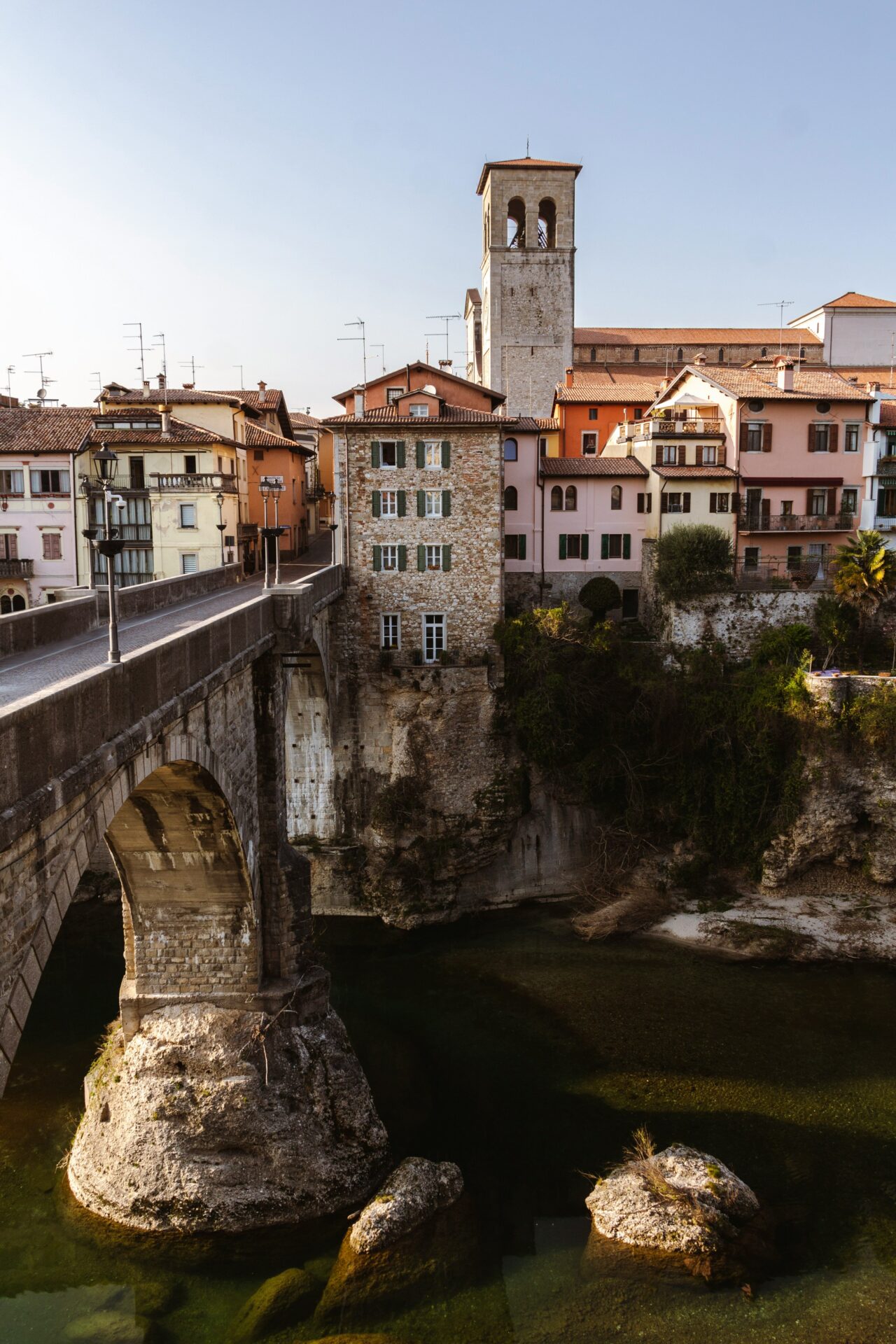
Walking through Cividale feels like stepping directly into medieval Italy. I found myself mesmerized by the Lombard Temple, considered the finest example of Lombard architecture in the country.
Nearby, the Christian Museum houses the remarkable Ratchis Altar, commissioned between 737 and 744 by Duke Ratchis, who later became King of Lombard Italy. These artifacts aren’t just beautiful – they tell the story of a powerful civilization that shaped European history.
What makes Cividale truly special is how its Lombard past blends seamlessly with everyday life. As I sipped coffee in the main square, I could see the mystical Devil’s Bridge arching over the emerald Natisone River, while locals went about their day surrounded by medieval treasures.
Few places offer such an authentic glimpse into Italy’s Lombard heritage while remaining refreshingly uncrowded compared to Italy’s more famous destinations.
The Heart of Cividale: Piazza Paolo Diacono
Standing in Piazza Paolo Diacono feels like stepping back into medieval Italy. This central square serves as the perfect starting point for exploring Cividale del Friuli’s fascinating Lombard heritage and connects visitors to the town’s most treasured landmarks.
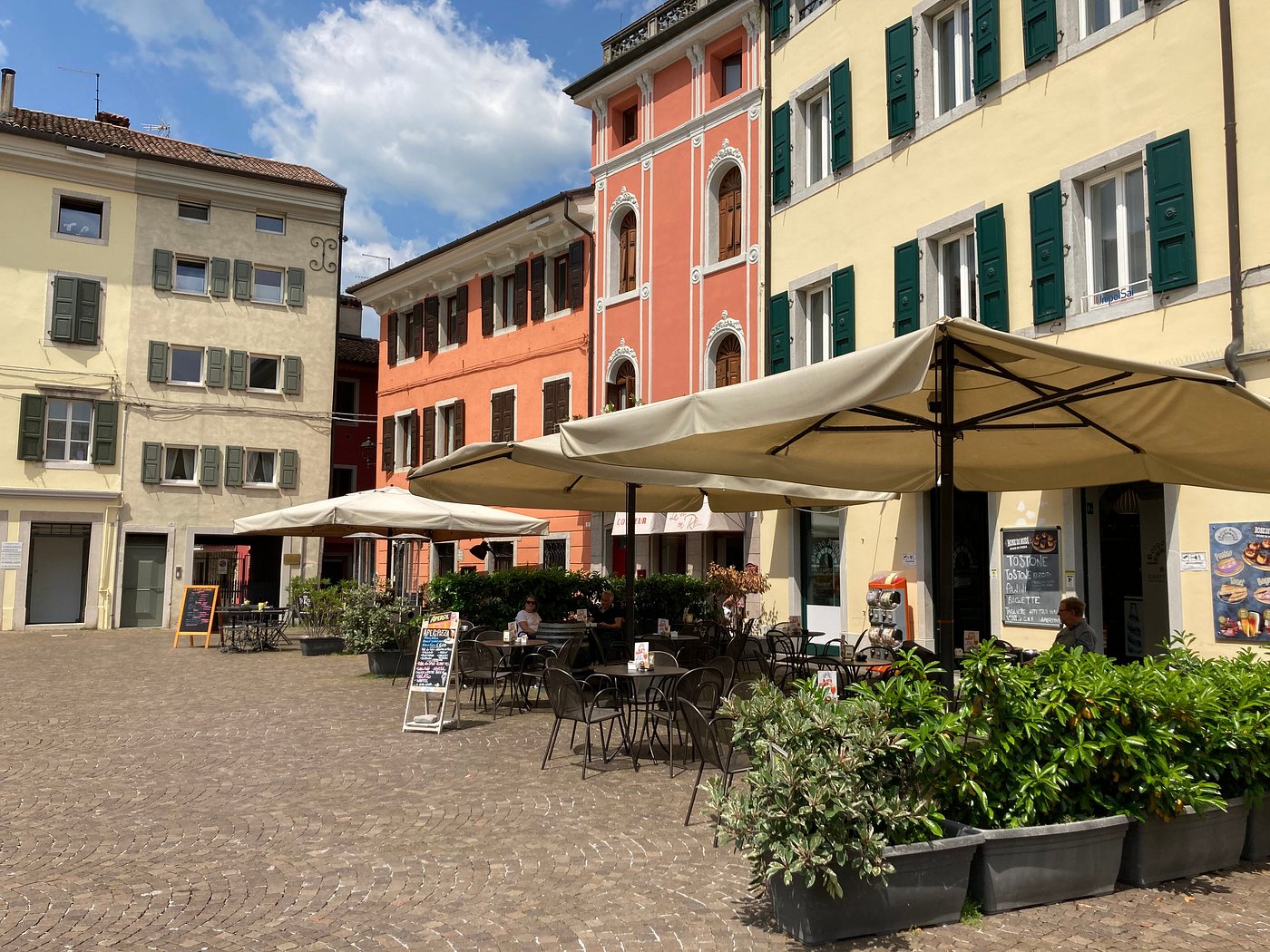
Image source: Tripadvisor
Tempietto Longobardo: A Jewel of Medieval Architecture
Just a short walk from the main square, I discovered the Tempietto Longobardo, one of Italy’s most important Lombard monuments. This small oratory dates back to the 8th century and showcases the artistic brilliance of Lombard craftsmanship.

Image source: Tripadvisor
Inside, I was mesmerized by the delicate stucco decorations and beautifully preserved frescoes. The six female figures that adorn the western wall are especially striking, representing some of the finest examples of early medieval art in Europe.
What makes the Tempietto truly special is how it blends different cultural influences. You can clearly see Byzantine elements mixed with Lombard artistic traditions in this intimate sacred space.
The Historical Layers of Cividale’s Main Square
The square itself is named after Paolo Diacono, an important Lombard historian who documented his people’s history. Walking across the cobblestones, I felt the weight of centuries beneath my feet.
Surrounding buildings showcase different architectural periods, from medieval stone structures to elegant Renaissance façades. Cafés line the perimeter, offering perfect spots to sit and absorb the square’s timeless atmosphere.
Not far from the square, I visited the famous Devil’s Bridge spanning the Natisone River. Local legends claim the devil himself built it, demanding the soul of the first crosser as payment. These diabolical legends add another fascinating layer to Cividale’s rich cultural tapestry.
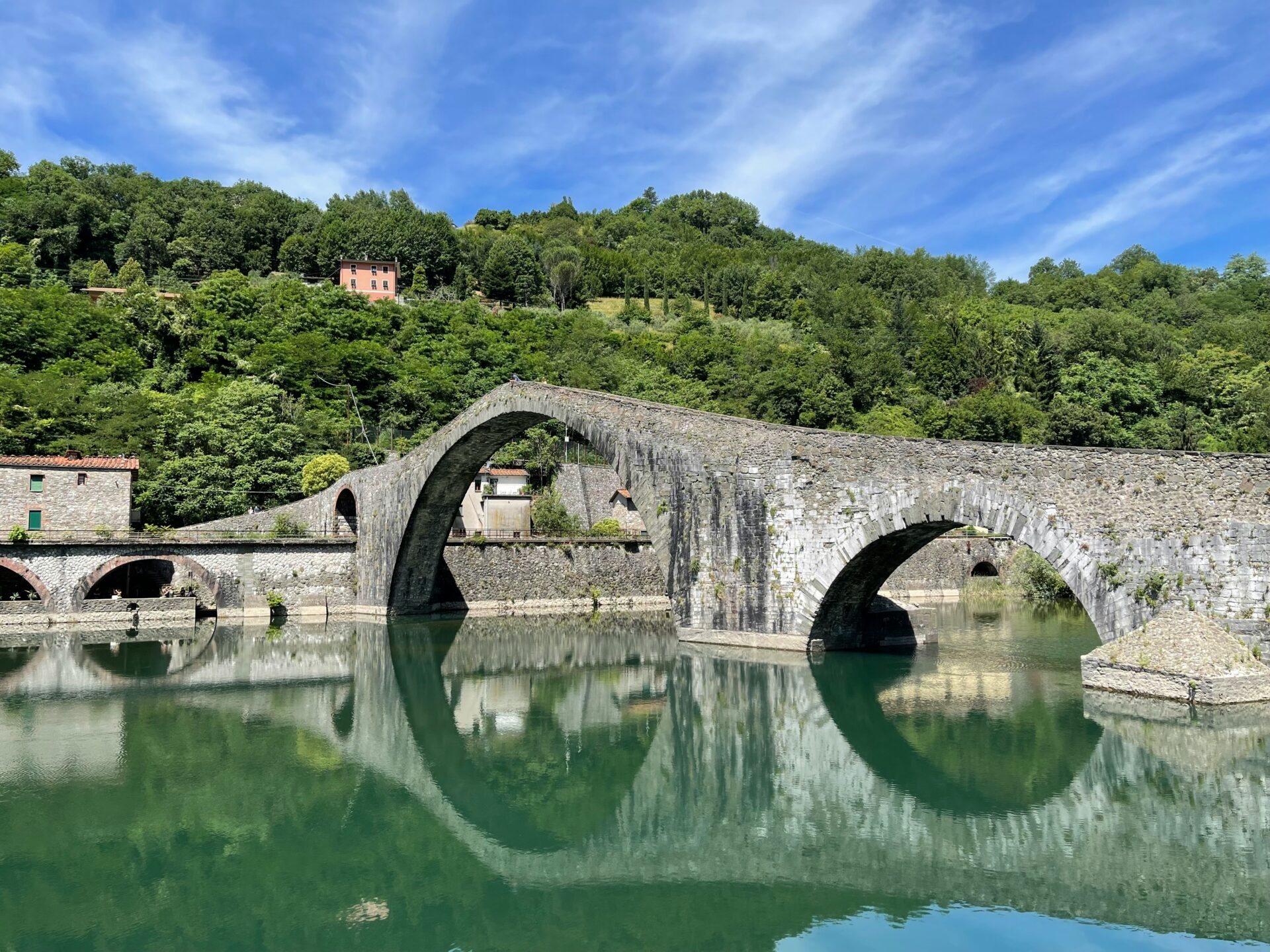
The piazza comes alive during festivals when residents celebrate their Lombard heritage with colorful historical reenactments.
Exploring the Sacred: Duomo and Museo Cristiano
The spiritual heart of Cividale del Friuli reveals itself through magnificent religious architecture and priceless artifacts. Walking through these sacred spaces, I found myself transported back to the Lombard era, where faith and artistry merged to create lasting cultural treasures.
The Cathedral’s Artistic Expressions
The Duomo of Cividale stands as a testament to centuries of faith and craftsmanship. I was immediately struck by its elegant façade, which blends Romanesque and Gothic elements that reflect the town’s rich history.
Inside, the cathedral opens up into a space filled with light and remarkable artwork. The altar piece particularly caught my eye with its intricate details and religious symbolism.
What makes this cathedral special isn’t just its architecture but the sense of continuity it represents. People have worshipped here for centuries, walking the same stone floors that I explored.
The acoustics are spectacular too. When I visited during a choir practice, the sacred music seemed to resonate from the very walls.
Christian Museum: A Testament to Lombard Faith
The Museo Cristiano, inaugurated in 1946, houses some of the most significant Lombard artifacts in Italy. It’s divided into two fascinating sections: the Lombard heritage collection and the Cathedral Treasury.
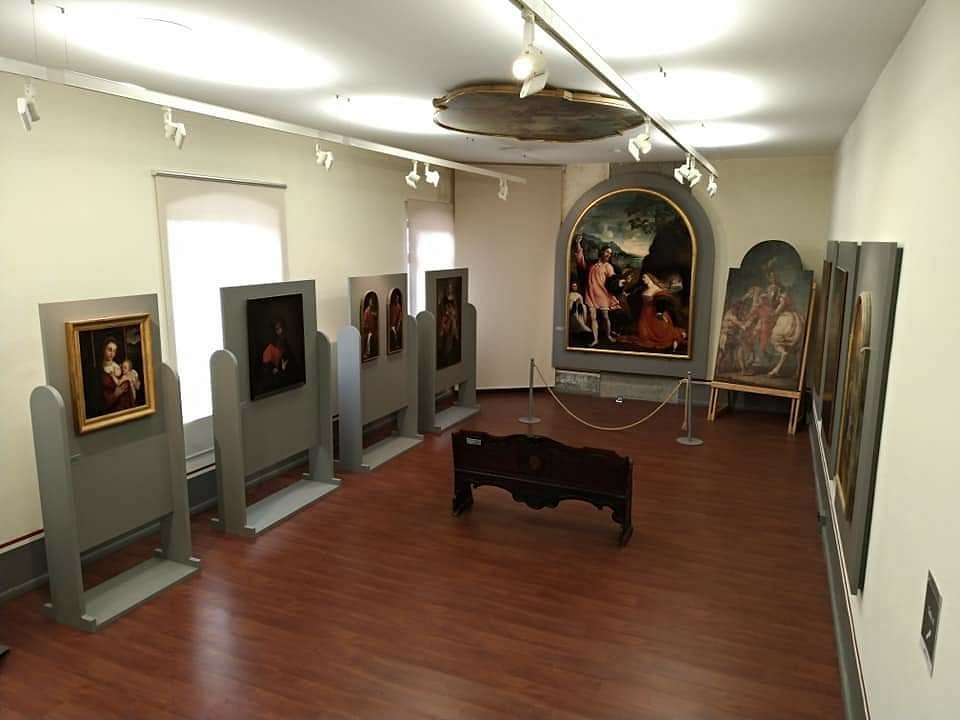
Image source: Tripadvisor
I spent hours examining the sculptural pieces from the Lombard era. These artifacts offer a rare glimpse into medieval religious expression and technical skill.
The museum’s collection includes the Ratchis Altar and the Baptistery of Callisto, both prime examples of Lombard art that showcase their unique aesthetic sensibilities.
In the Treasury section, I discovered ornate reliquaries, ceremonial objects, and illuminated manuscripts. Each piece tells a story of devotion and artistic excellence.
The museum does an excellent job contextualizing these treasures with informative displays that helped me understand their historical significance.
Ancient Connections: Cividale and Aquileia
The historic bond between Cividale del Friuli and Aquileia reveals a fascinating chapter in northern Italy’s ancient past. These two remarkable sites share deep Roman roots and later religious significance that shaped the Friuli region.
Tracing Lombard Lineage to a Roman Metropolis
Walking through Cividale, I’m constantly reminded of its origins as Forum Julii, reportedly founded by Julius Caesar himself. This Roman settlement later became the capital of the first Lombard duchy in Italy, a heritage that earned Cividale its UNESCO World Heritage status.
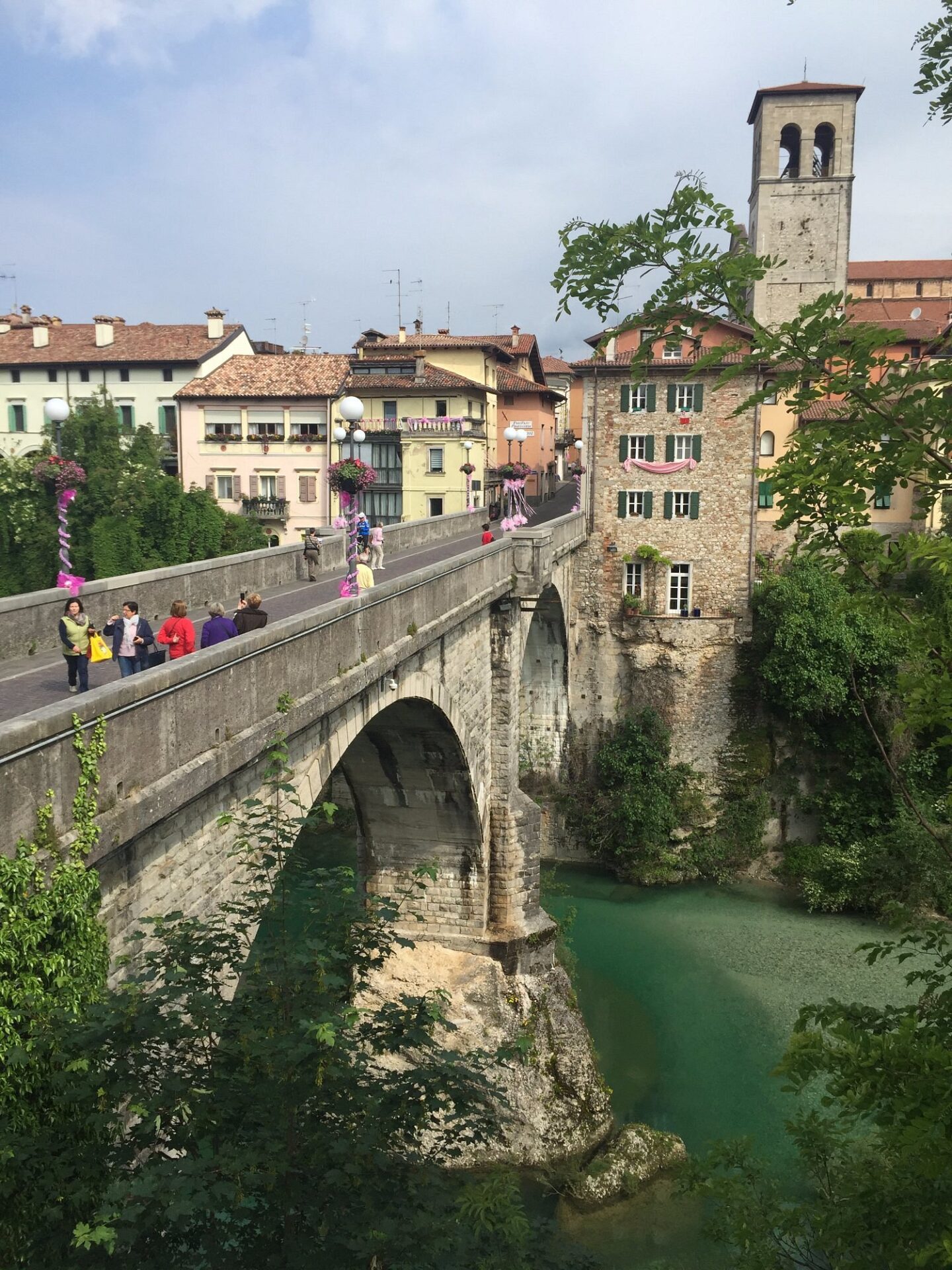
Image source: Tripadvisor
The connection to nearby Aquileia is unmistakable. While Cividale flourished as a Lombard stronghold, Aquileia served as a major Roman metropolis and later religious center.
The two cities’ histories intersect through centuries of cultural exchange. Roman influence is visible in both locations, though they followed different paths after Rome’s fall. Aquileia maintained its religious importance while Cividale became the seat of Lombard power.
From Mosaic Floors to Monumental Remains
Aquileia’s stunning Roman ruins and ancient mosaics offer a perfect companion to Cividale’s medieval treasures. The basilica in Aquileia features some of the most impressive early Christian mosaic floors in Europe.
In Cividale, I love exploring the Lombard Temple and the Christian Museum inside the Duomo, which houses precious Lombard artifacts. These sites complement what you’ll find in Aquileia.
Both cities passed through various rulers’ hands – Romans, Franks, the Patriarchate of Aquileia, and the Republic of Venice. This shared history created a rich tapestry of architectural styles.
For history enthusiasts, I recommend visiting both sites on the same trip. The contrast between Aquileia’s Roman grandeur and Cividale’s Lombard elegance provides a complete picture of this fascinating region’s evolution.
The Flow of History: Natisone River and Ponte del Diavolo
The Natisone River has shaped Cividale del Friuli both physically and culturally, with the dramatic Devil’s Bridge standing as a testament to human ingenuity and local folklore. The river’s deep ravine splits the ancient town while simultaneously connecting its rich Lombard heritage across generations.
Crossing into Myths: Devil’s Bridge
When I first saw the Devil’s Bridge (Ponte del Diavolo) arching boldly over the Natisone River, I was immediately struck by its dramatic presence. This stone bridge is more than just a crossing—it’s one of the defining symbols of Cividale del Friuli.
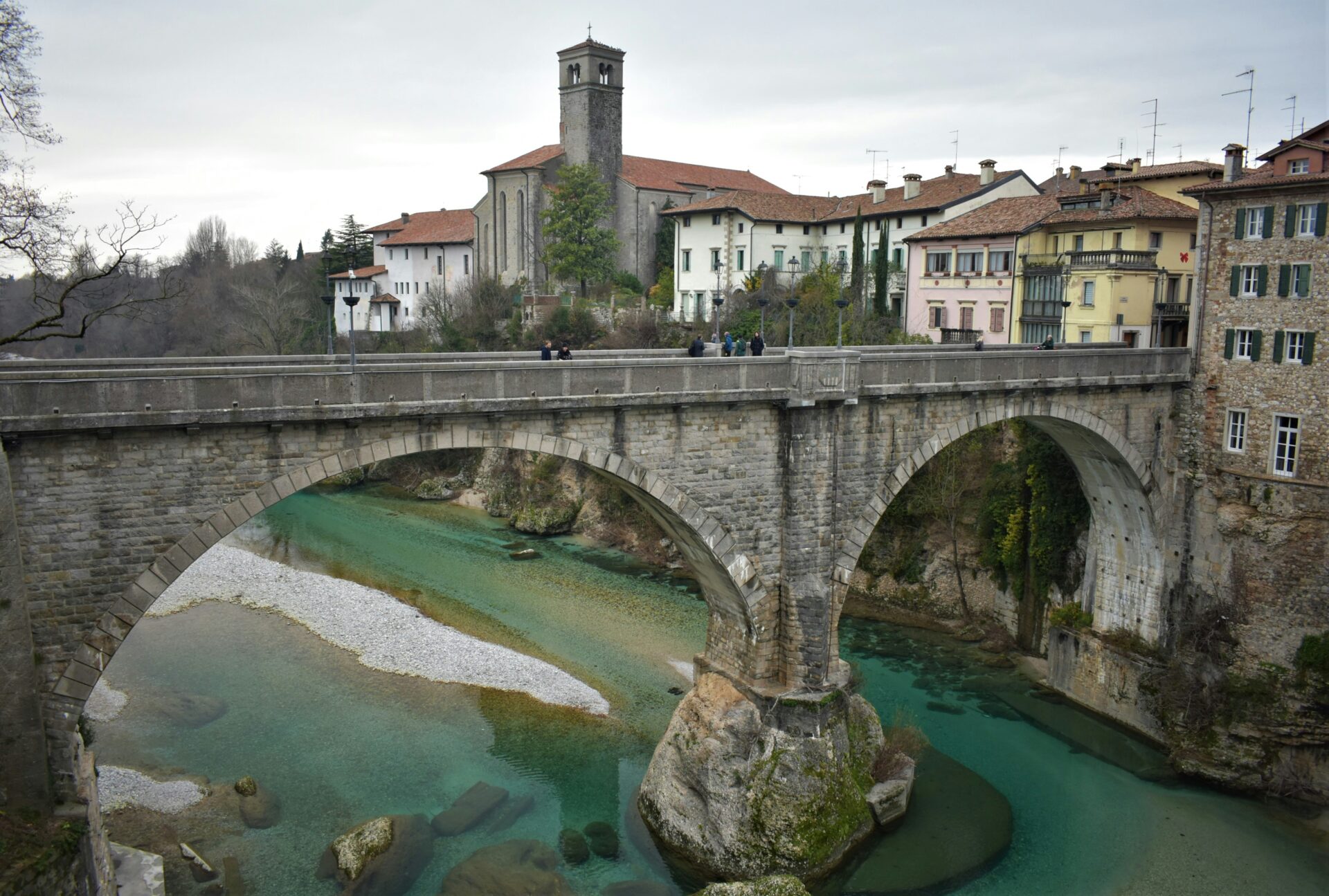
The bridge seems to defy gravity as it spans the deep ravine, creating a picturesque scene that’s irresistible to photographers. Local legend claims the devil himself helped build this structure, demanding the soul of the first crosser in payment.
Clever townspeople supposedly sent a dog across first, outwitting the devil. Whether you believe the tales or not, standing on this ancient crossing point offers breathtaking views of the emerald waters below and the medieval town above.
Natisone’s Role in Cividale’s Narrative
The Natisone River has been the lifeblood of Cividale since Roman times when Julius Caesar founded Forum Julii here. Its ravine created a natural defensive position that attracted early settlers, including the Lombards who made this their first duchy in Italy.
I spent hours walking along the riverbanks, where the water has carved a spectacular gorge through limestone. This natural boundary helped preserve Cividale’s unique character throughout centuries of changing political landscapes.
For the Lombards whose heritage earned Cividale UNESCO World Heritage status, the river was both protection and resource. It divided and united the community, much as it does today.
Locals still gather at riverside cafés, celebrating their connection to this waterway that continues to define their town’s identity and shape its future as a cultural treasure.
Cultural Treasures Beyond Cividale
While Cividale del Friuli dazzles with its Lombard heritage, the surrounding Friuli Venezia Giulia region offers equally magnificent cultural gems. Just a short drive away, you’ll discover picturesque wine towns and coastal wonders that complement any visit to this northeastern corner of Italy.
The Scenic Beauty of Cormons and Collio
I fell in love with Cormons the moment I drove through its vine-covered hills. This charming town serves as the unofficial capital of Collio, one of Italy’s premier wine regions.
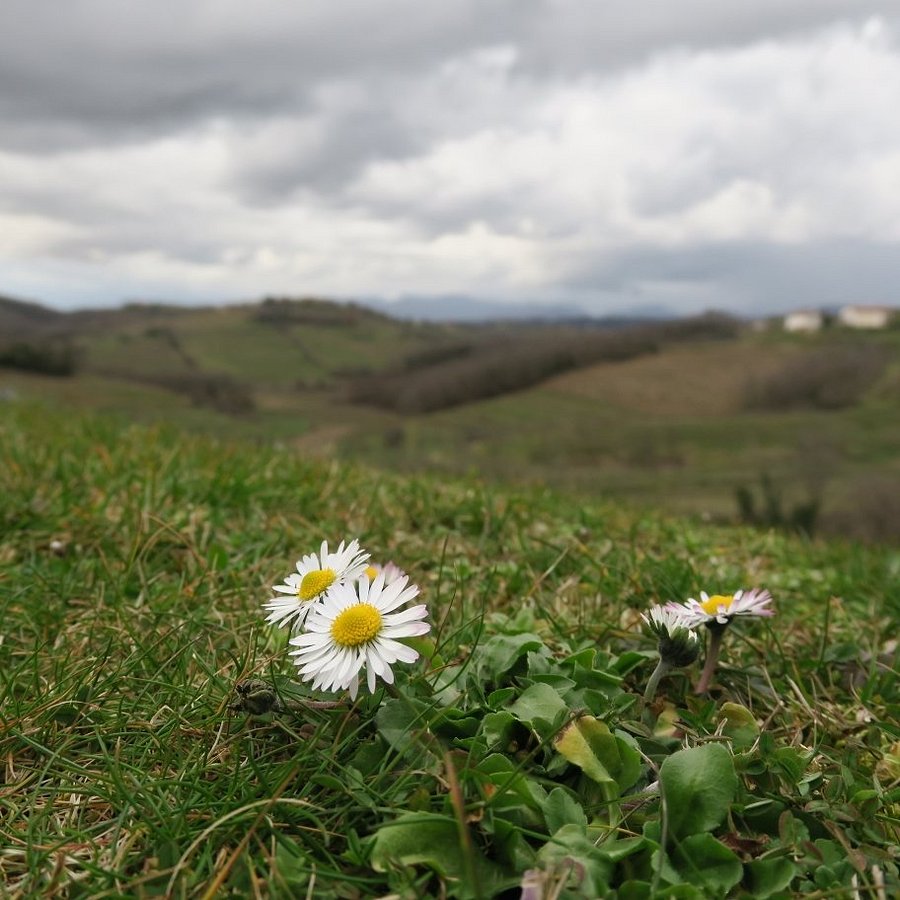
Image source: Tripadvisor
The landscape here is breathtaking – rolling vineyards stretch as far as the eye can see, dotted with rustic farmhouses and medieval castles. When I visited last spring, local winemakers welcomed me into their cellars for tastings of the region’s renowned white wines, particularly the crisp Friulano and complex Ribolla Gialla.
Cormons itself boasts a delightful central square with cafés where I spent lazy afternoons watching locals go about their day. Don’t miss the Saturday morning market where farmers sell seasonal produce, cheeses, and homemade crafts.
From Miramare’s Majestic Castle to Trieste’s Charm
My journey from Cividale to Trieste included a necessary stop at Miramare Castle. This stunning white castle perched on the cliffs of Sistiana took my breath away.
Built for Archduke Ferdinand Maximilian of Habsburg in the 1850s, its fairy-tale turrets and immaculate gardens overlooking the Adriatic Sea create a magical atmosphere.
The coastal road from Miramare to Trieste offers spectacular views. I couldn’t resist stopping to photograph.
In Trieste itself, I discovered a city unlike any other in Italy, with its Habsburg architecture and central European flair.
Piazza Unità d’Italia, facing the sea, became my favorite spot to sip coffee.
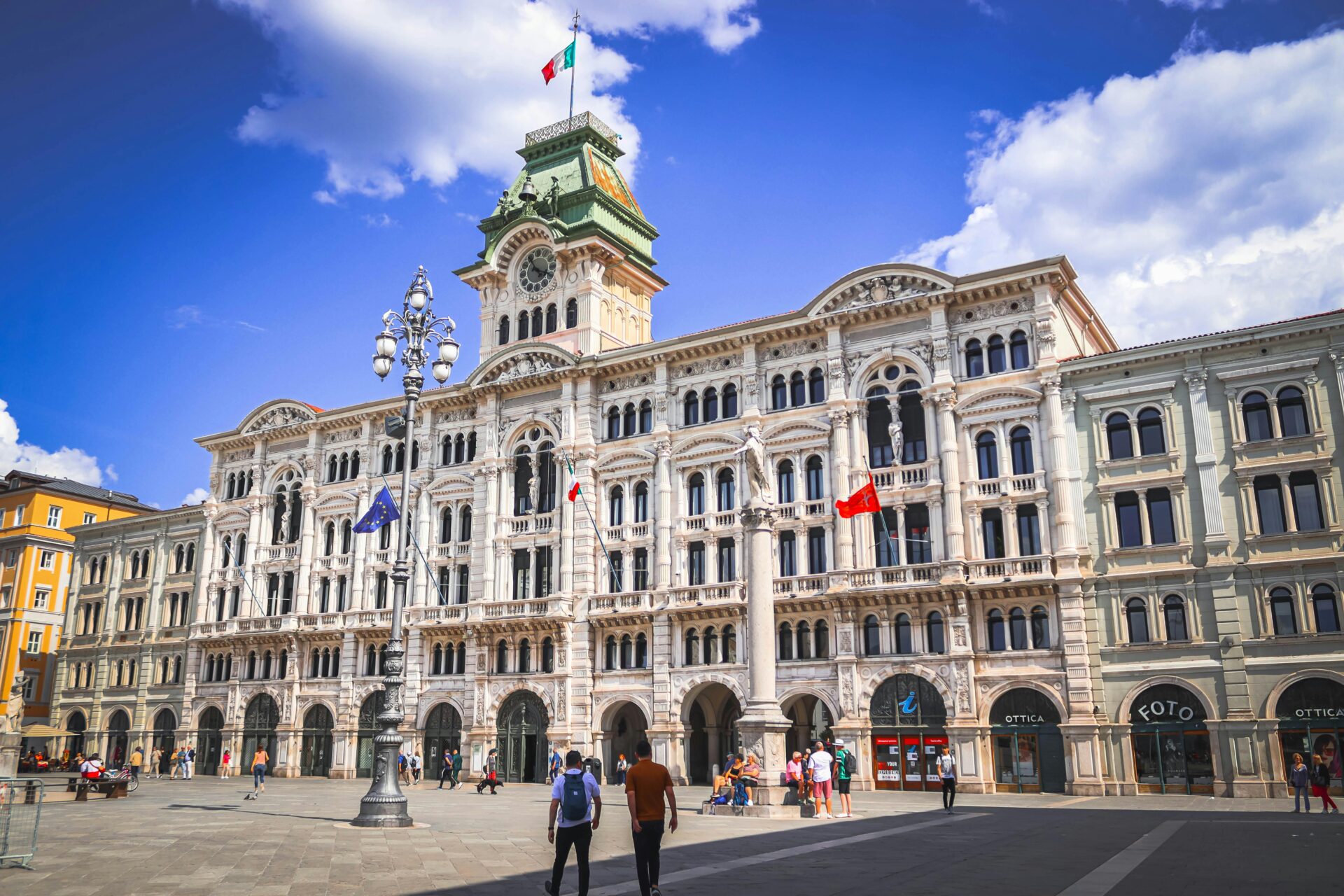
The city’s blend of Italian, Slavic, and Austrian influences appears in everything from its cuisine to its thriving modern art scene, particularly at the Revoltella Museum.

